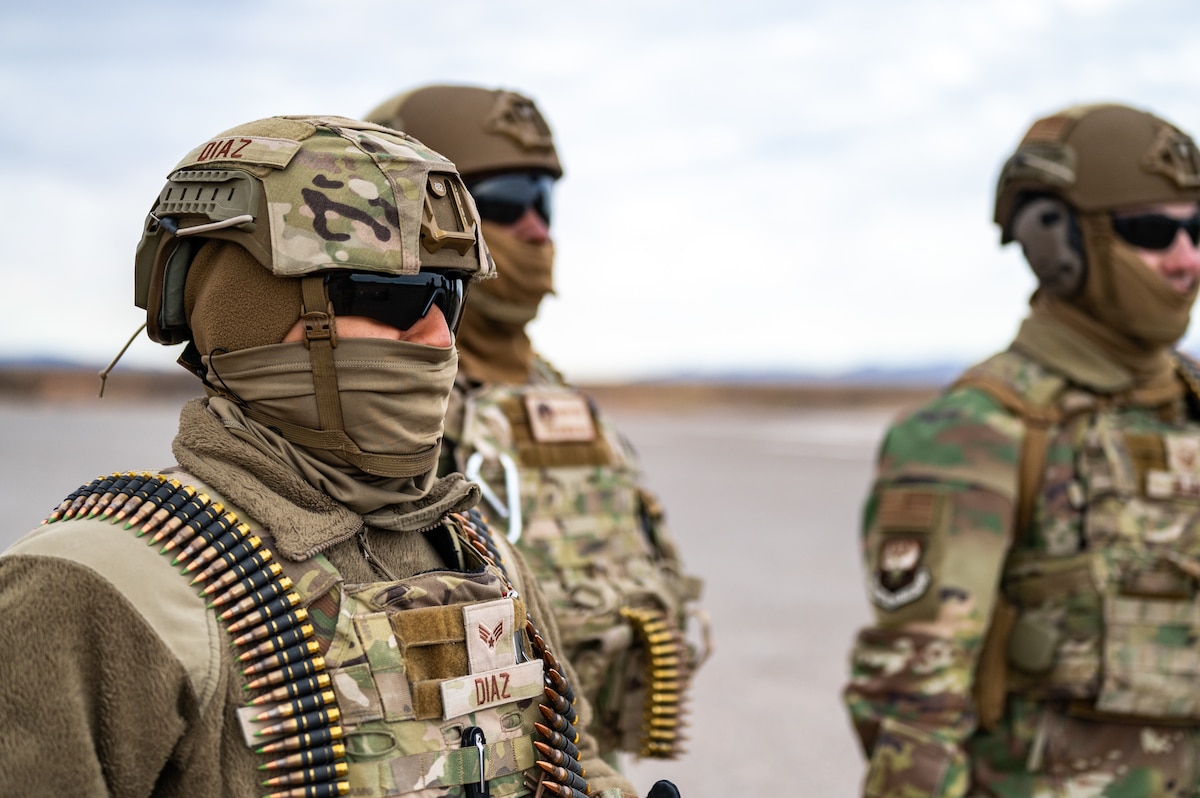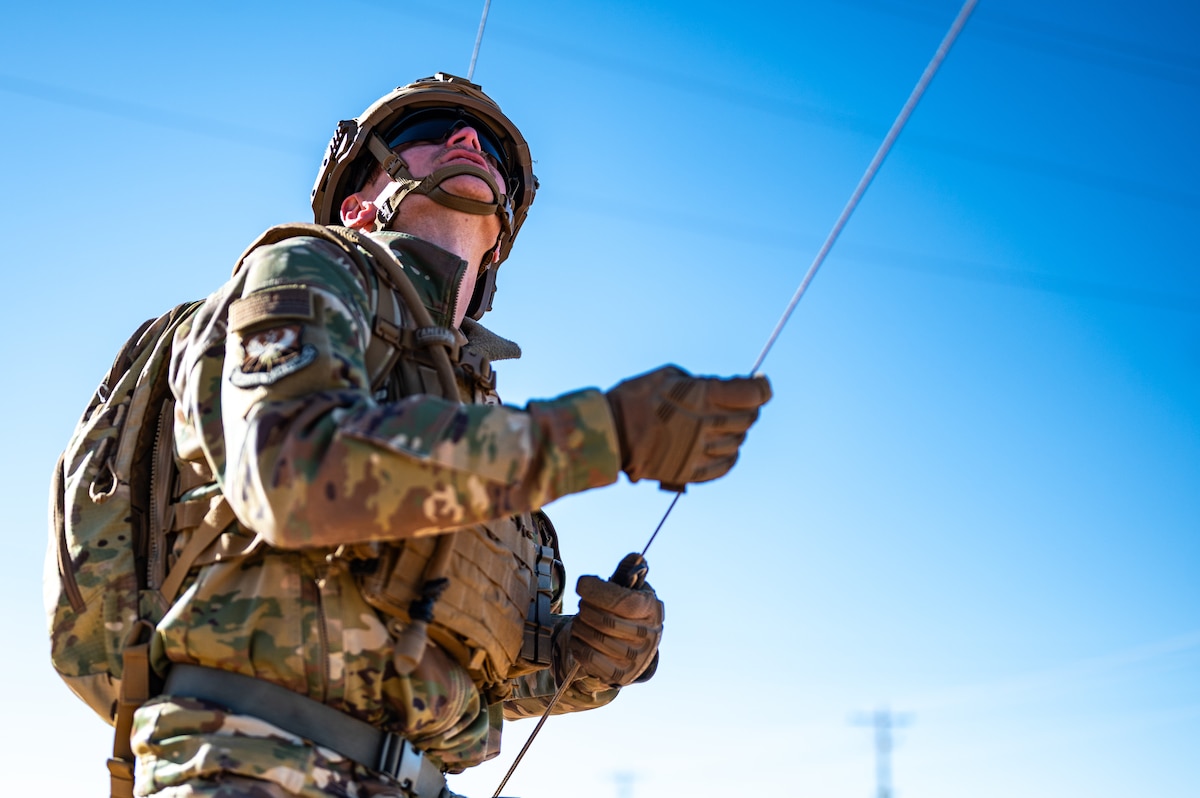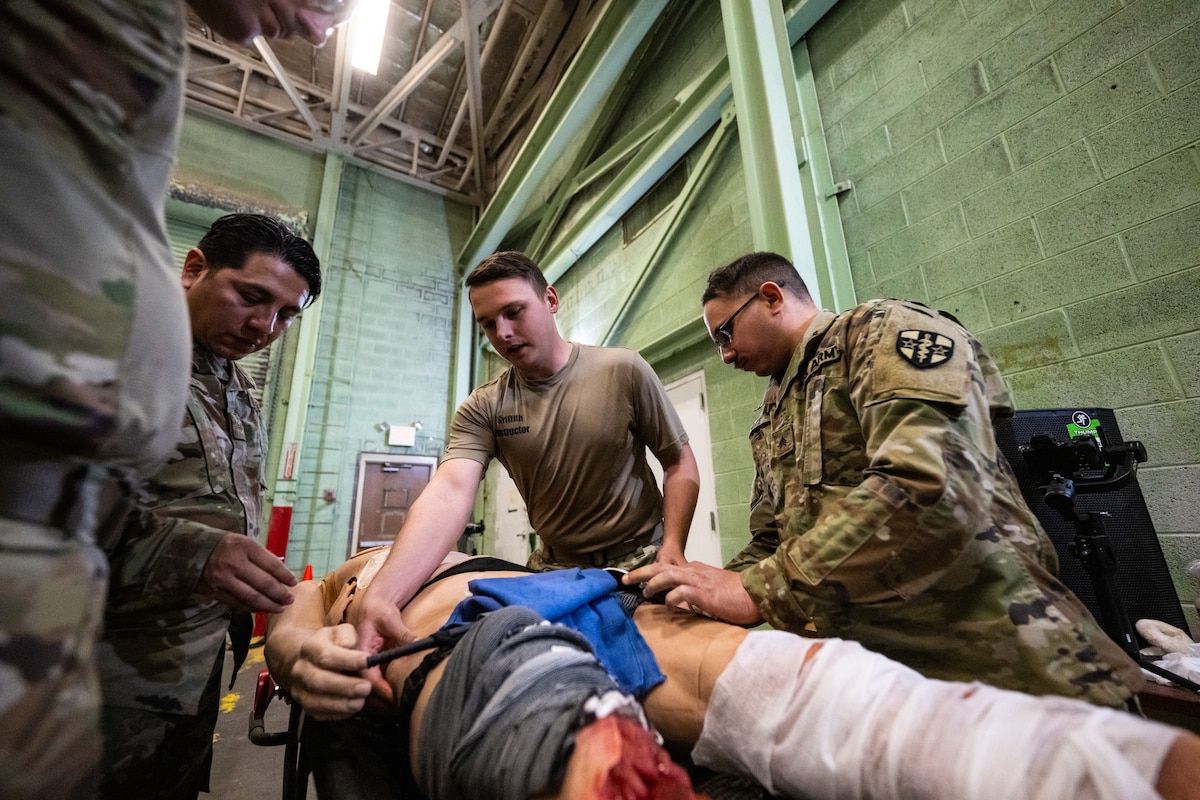The U.S. Air Force has identified the first five Regular Air Force candidate locations to build a Deployable Combat Wing Unit Type Code and is scheduling site surveys to begin in the coming weeks. Site surveys will determine the ability of these locations to build a DCW UTC, and findings will be submitted for final location approval.
The first five installations selected as candidates are the 19th Airlift Wing, Little Rock Air Force Base, Arkansas; 23rd Wing, Moody AFB, Georgia; the 366th Fighter Wing, Mountain Home AFB, Idaho; the 4th Fighter Wing, Seymour Johnson AFB, North Carolina; and the 20th Fighter Wing, Shaw AFB, South Carolina.
The change marks an evolution in how the U.S. Air Force deploys its forces from a crowd-sourced model to one in which Airmen from the same installation deploy together as part of a mission-ready Unit of Action built for today's fight. It acknowledges the need for Airmen to train together and build team cohesion to arrive in theater as a lethal team ready to operate in environments that will likely be more contested than those of the past two decades.
"We are transitioning our Deployment Model to best meet the evolving national security environment," said Air Force Chief of Staff Gen. David W. Allvin, in a recent memo to Airmen. "At the heart of this transformation is the creation of the Deployable Combat Wing Unit Type Codes - a shift in how we prepare for and execute deployments."
After final approval in the strategic basing process, selected locations will be responsible for entering into the AFFORGEN cycle through their DCW UTCs beginning in 2025. Part of this process will involve increasing the population of Airmen assigned to each installation in order to ensure wings are able to meet their home station and deployed requirements and are manned to accomplish their respective missions.
The Air Force Personnel Center is postured to conduct permanent changes of station, maximizing volunteer opportunities, to provide the required manpower to these five installations pending final approval in the strategic basing process. Air Force leaders are calling for Airmen to lean into this organizational change and be eager to take on the challenges and rewards of shaping this new way of operating in defense of the nation.
In his memo, Allvin emphasized the need for "highly motivated Airmen," ready to work together to, "enhance combat readiness," and "deliver decisive airpower from day one."
Airmen aligned to the DCW UTC will complete the Air Force Force Generation cycle together. The overall AFFORGEN model improves unit readiness through greater deployment predictability, improves pre-deployment training, and establishes certification requirements that demonstrate unit preparedness for specific missions.
DCW UTCs represent the next phase in the evolution of how the U.S. Air Force presents and deploys forces. As the model is phased in it is expected to replace the Expeditionary Air Base and Air Task Force. XABs are expected to sunset in Fiscal Year 2027 with ATFs anticipated to be phased out in Fiscal Year 2028. A phased approach with more than one type of unit of action is required to ensure near-continuous crisis response availability and sustained readiness for the force while DCW UTCs are under construction.
There will be follow-on information for Total Force and additional Regular Air Force locations released in coming months as the Air Force completes the strategic basing process for the first five DCW UTC candidates.









